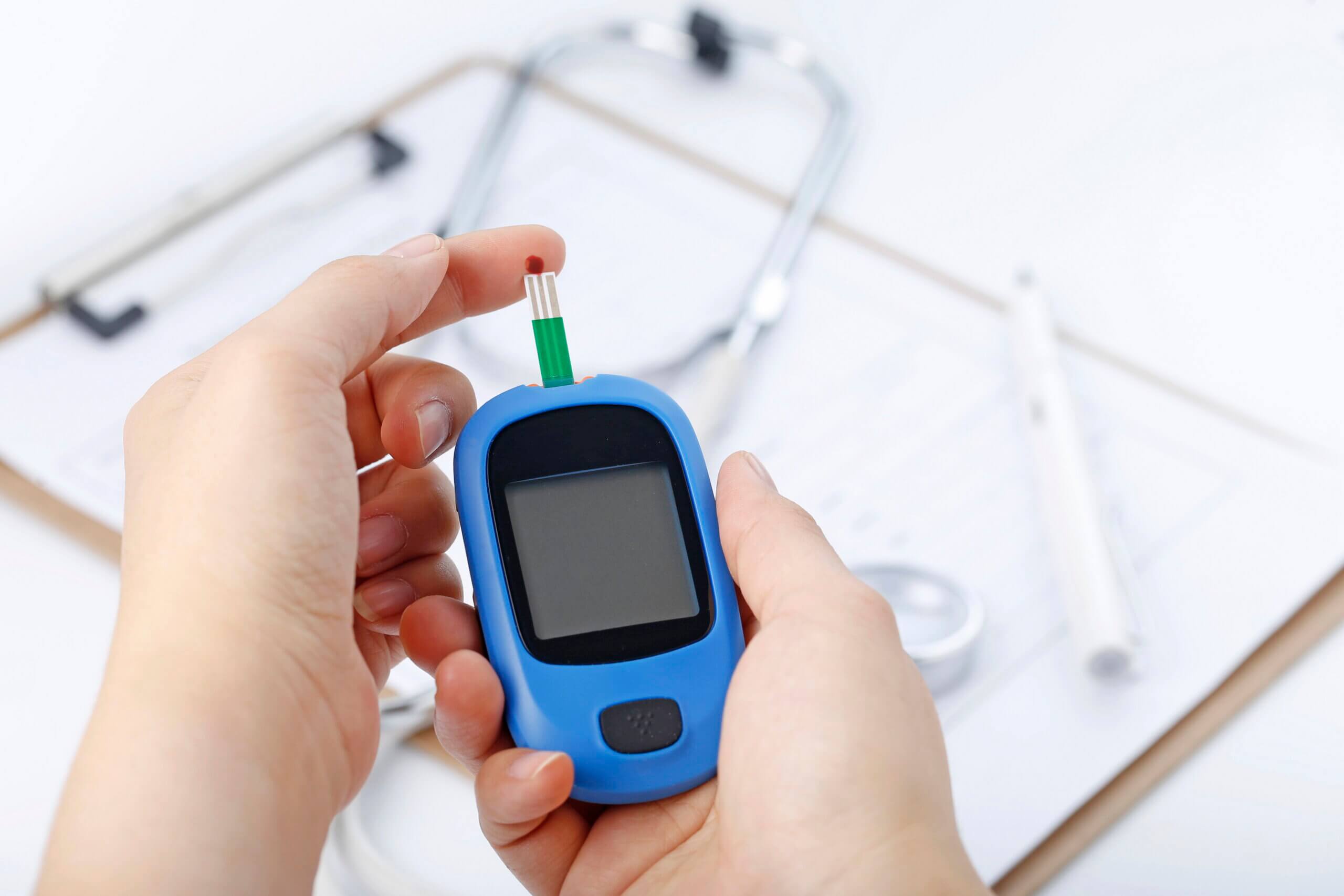Prediabetes is a condition in which; blood sugar levels are higher than normal but not yet high enough to be classified as type 2 diabetes. It’s often considered a warning sign. At this stage if it is ignored, it can progress to full-blown diabetes. This article aims to provide a comprehensive overview of prediabetes, including its causes, risk factors, symptoms, diagnosis, and management strategies.
Causes and Risk Factors:
Prediabetes is primarily caused by insulin resistance, a condition where the body’s cells do not respond properly to insulin. This leads to elevated blood sugar levels. Several risk factors increase the likelihood of developing prediabetes, including:
- Unhealthy Lifestyle: Sedentary behavior and poor dietary choices, including excessive consumption of sugary foods and drinks, contribute to weight gain and insulin resistance.
- Family History: A family history of diabetes increases the risk of developing prediabetes.
- Age: The risk of prediabetes increases with age, particularly after 45.
- Obesity: Excess body weight, especially around the abdomen, is a significant risk factor.
- Physical Inactivity: Lack of regular physical activity can lead to weight gain and insulin resistance.
- Ethnicity: Certain ethnic groups, such as African Americans, Hispanics, Native Americans, and Asian Americans, are at higher risk.
Symptoms:
Unlike diabetes, prediabetes often doesn’t show noticeable symptoms. However, some individuals might experience subtle signs like increased thirst, frequent urination, fatigue, and blurred vision. It’s crucial to be aware of these symptoms and seek medical advice for proper evaluation.
Diagnosis:
Prediabetes is usually diagnosed through blood tests. The two common tests are:
- Fasting Plasma Glucose Test: A blood sample is taken after an overnight fast. A fasting blood sugar level between 100-125 mg/dL (5.6-6.9 mmol/L) indicates prediabetes.
- Oral Glucose Tolerance Test (OGTT): After fasting overnight, a glucose-rich drink is consumed, and blood sugar levels are tested two hours later. A result between 140-199 mg/dL (7.8-11.0 mmol/L) indicates prediabetes.
Management and Prevention:
The good news is that prediabetes can often be reversed or managed effectively with lifestyle changes. Here’s how:
- Healthy Diet: Focus on a balanced diet rich in vegetables, whole grains, lean proteins, and healthy fats. Limit sugary and processed foods.
- Physical Activity: Engage in regular exercise, aiming for at least 150 minutes of moderate-intensity aerobic activity per week.
- Weight Management: Losing even a modest amount of weight (5-10% of body weight) can significantly improve insulin sensitivity.
- Monitor Blood Sugar: Regular blood sugar monitoring helps track progress and identify any changes.
- Medication: In some cases, doctors may prescribe medication to help manage blood sugar levels. However, lifestyle changes remain the cornerstone of treatment.
Long-Term Implications:
If left untreated, prediabetes can progress to type 2 diabetes, increasing the risk of cardiovascular diseases, kidney problems, nerve damage, and other complications. However, early detection and proactive management can significantly reduce this risk.
Conclusion:
Prediabetes serves as a crucial warning sign, offering individuals an opportunity to make positive lifestyle changes and prevent the development of type 2 diabetes. By adopting a healthy lifestyle, maintaining a balanced diet, and staying physically active, individuals can take control of their health and reduce the risk of future complications.
Remember, it’s always advisable to consult a healthcare professional for personalized advice and guidance tailored to your specific situation.
